Self-assembling protein nanoparticles that target the mitochondria and rapidly accumulate in tumors have potential for combination therapies.
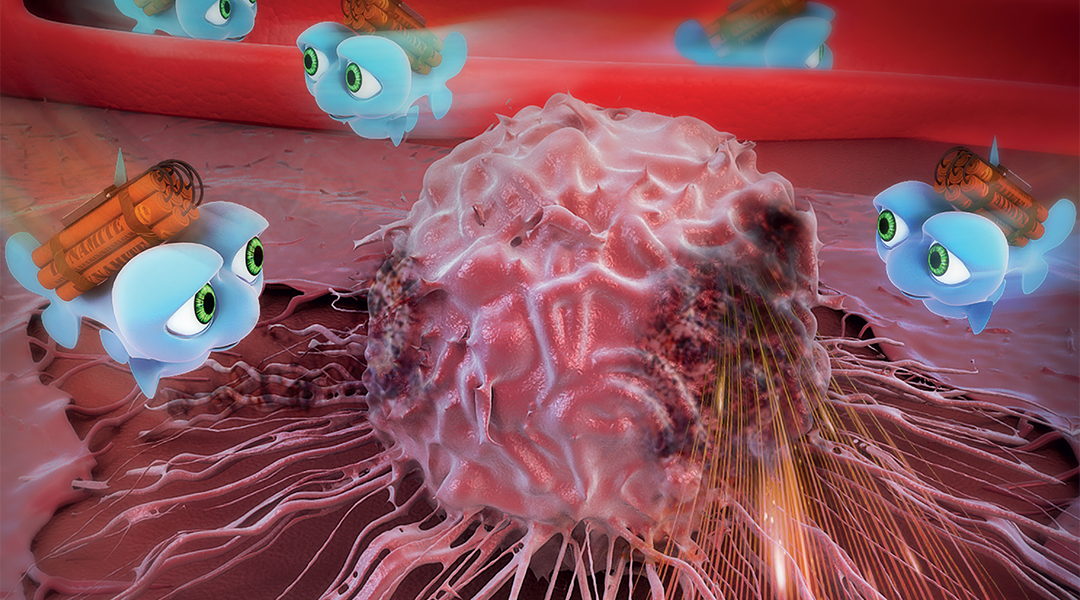

Self-assembling protein nanoparticles that target the mitochondria and rapidly accumulate in tumors have potential for combination therapies.
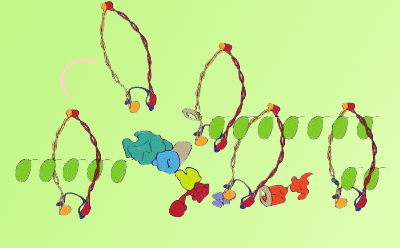
Exploring cohesin and replisome interactions during DNA replication.

Amoeboid cell microtransporters carry microcargo in an independent, self-organized fashion.

The double‐stranded RNA‐binding protein family controls RNA editing, stability, and function in all eukaryotes.
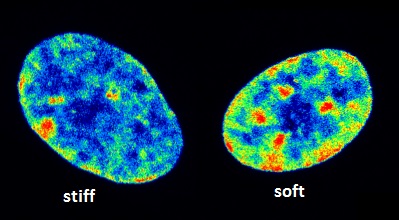
Research suggests that epigenetic remodeling can be persistent and might be a memory keeper.
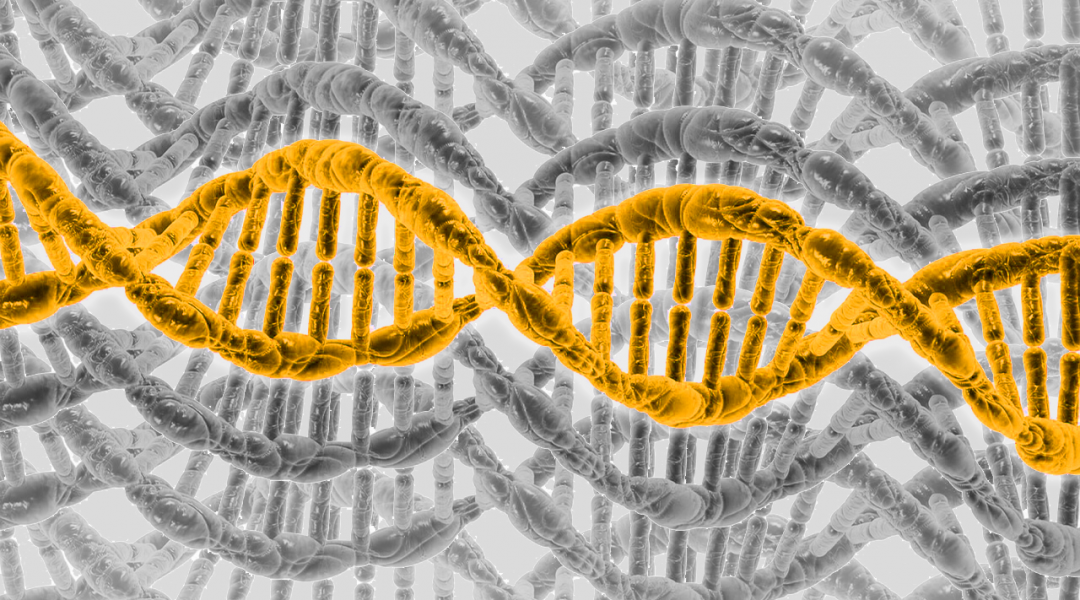
Proteome-wide analysis of protein subcellular localization changes.
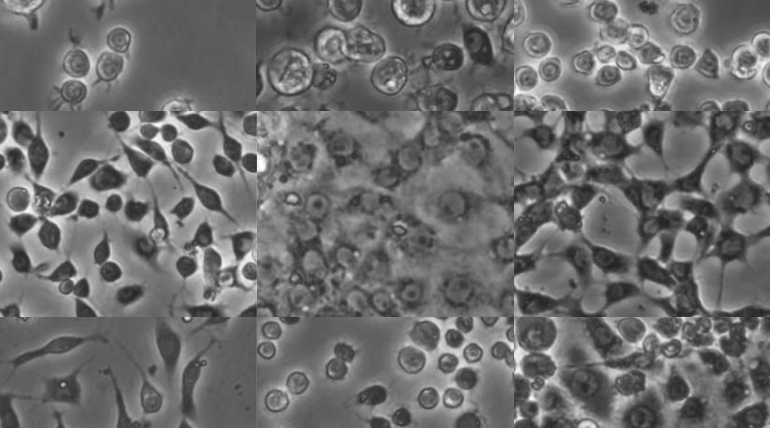
Challenges and opportunities to improve the state of Drosophila cell cultures.
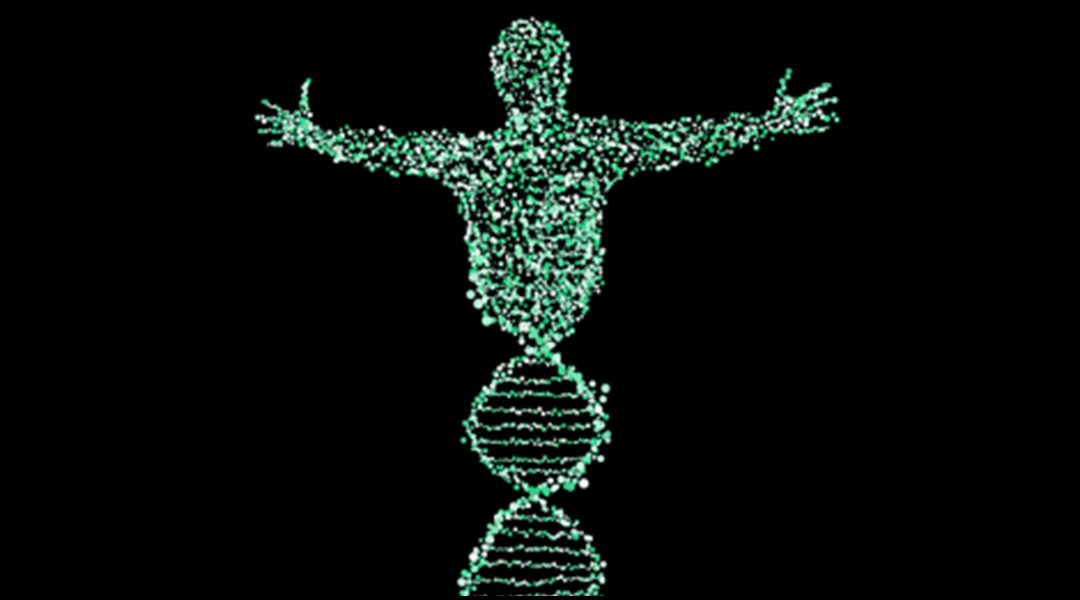
Polymer physics is the basis to models that explain chromatin folding mechanisms.
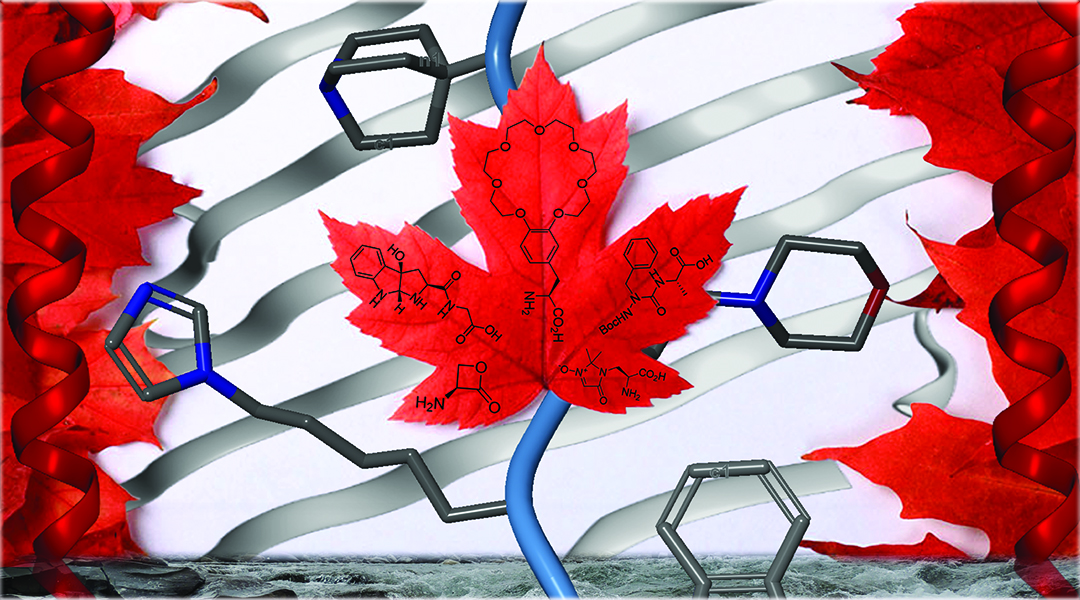
Peptide research in Canada is highighted in a special issue of Peptide Science, guest edited by William D. Lubell.
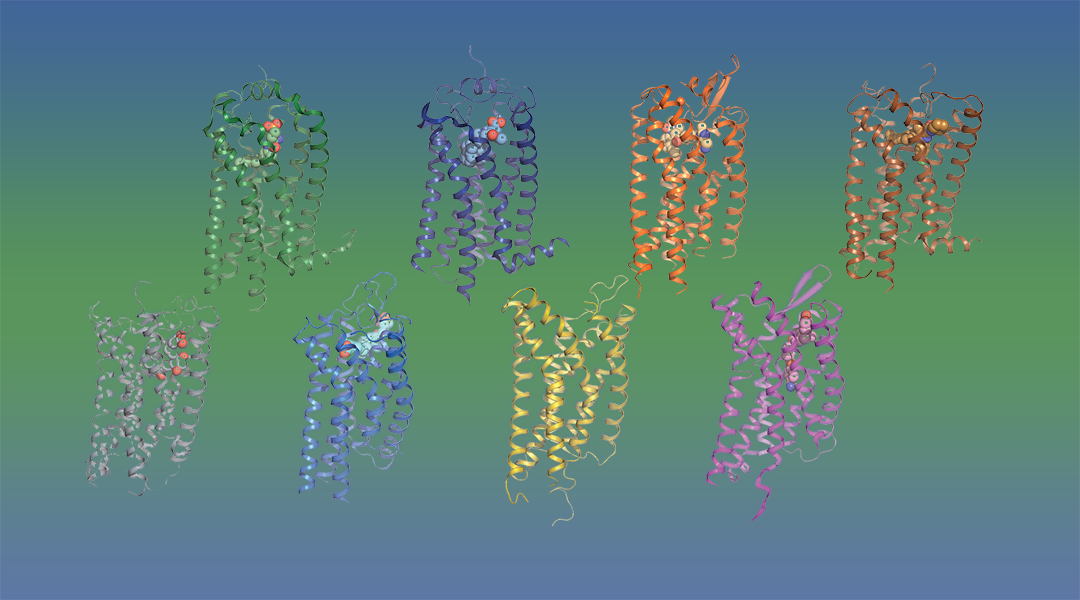
Outstanding structural and pharmacological features of eight unique lipid‐binding receptors, one of the most difficult G protein‐coupled receptor families to study, have been revealed.